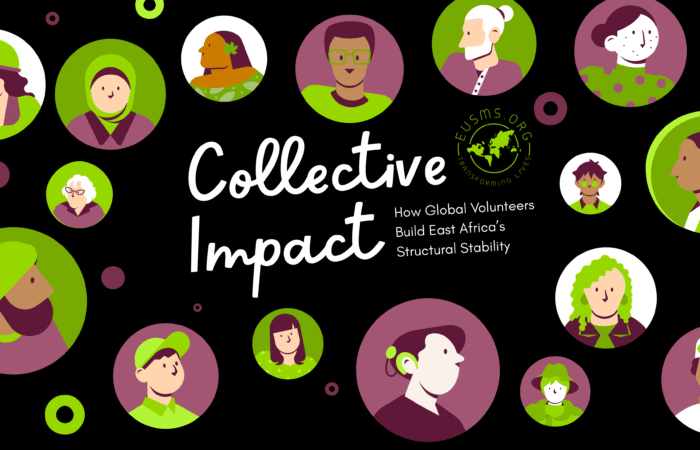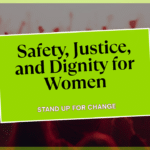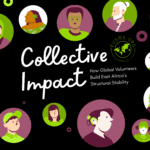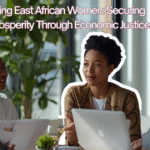Social microcredits are a game-changer, especially for low-income individuals and small entrepreneurs who lack access to traditional banking services. They provide small loans, often without collateral, to help people start or grow businesses, improve their livelihoods, and break out of poverty.
Why I Think Social Microcredit is Powerful:
- Financial Inclusion: It brings banking to the unbanked, allowing marginalized communities to participate in economic growth.
- Empowerment, Especially for Women: Many microcredit programs prioritize women, leading to increased independence and community development.
- Encourages Entrepreneurship: Small loans help individuals start businesses that create jobs and stimulate local economies.
- Sustainability Over Charity: Instead of giving aid, microcredit promotes self-reliance by providing capital that must be repaid, creating a cycle of empowerment.
Challenges of Microcredit:
- Over-Indebtedness: Borrowers sometimes take multiple loans without the ability to repay, trapping them in debt.
- High Interest Rates: Due to operational costs and risks, microcredit lenders often charge high interest rates, which can undermine the benefits.
- Not a Universal Solution: Microcredit is useful for small-scale businesses, but it’s not always effective for people in extreme poverty who may need other forms of support first.
Final Thought:
When done right, microcredit can transform communities, giving people the financial tools to build better futures. However, it needs proper regulation, education on financial literacy, and safeguards to prevent exploitation.







